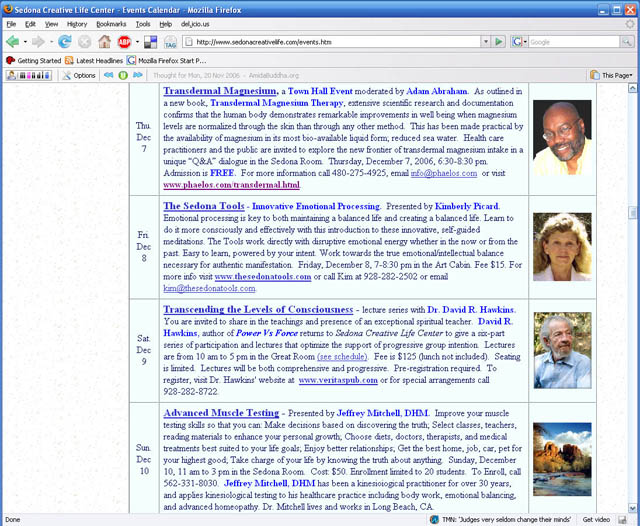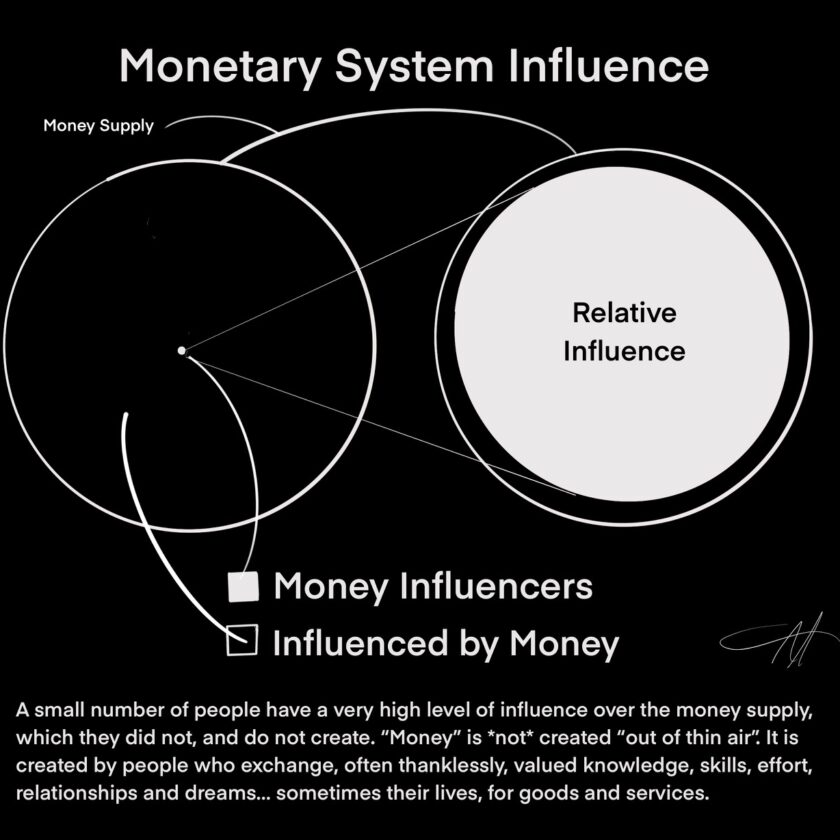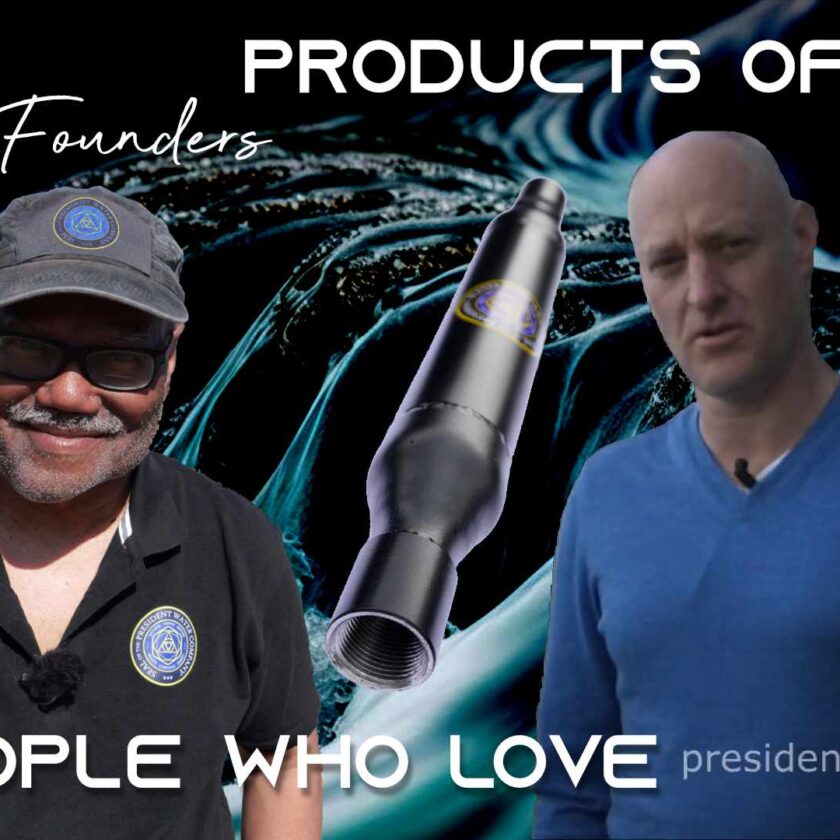Preparations continue for our next transdermal magnesium seminar, which we are billing as a town hall event. In fact, there will be two (with more in the planning stage). The next one will be on Thursday, December 7 at the Sedona Creative Life Center, obviously in Sedona, Arizona. On Friday, December 8, we’ll do it again at the Southwest Institute of Healing Arts, in Tempe.
On this past Tuesday, I traveled up to Sedona to make final arrangements for the room and see the center for the first time in person. It is an awesome place, and the cultural hub of this very unique community.
A listing of our event is now on their web site, on the Events page. I’ve included two screen shots below, but go see the real thing while you can:
This is the place where the talents and wisdom of such luminaries as Dr. David R. Hawkins (noted lecturer and author of many books, including the mind expander, Power vs. Force), guitarist Chris Spheeris, Rev. Dr. Michael Beckwith (whose enthusiastic endorsement graces my book, I Am My Body, NOT!), can be enjoyed.
We will conduct our town hall in the Sedona Room, a cozy space with a fireplace that can seat as many as 100 people. I plan on videotaping the event. While I have a feeling we may challenge, if not exceed that number, prudence suggested that this be our starting point. We do intend to hold more seminars in this great community, and at this wonderful place.
It was quite the feeling to walk into the Great Room where, two short days after our event, David Hawkins will be asking the question, “Is the Miraculous, Real?” The question certainly applies to the subject of magnesium, its role and place in the body’s nutritional hierarchy, and the importance, necessity, and promise of intelligent replenishment. If it weren’t for the well-documented science that Mark Sircus and his research assistant, Claudia French reported on in our book, Transdermal Magnesium Therapy, the claims about magnesium would otherwise be reminiscent of a snake oil sales pitch. It would sound like the great elixir that made everything right.
We’re not touting it in such a manner, especially in a social structure that does not see that which is natural as scientific and therapeutic, and where, in matters of disease response and health care, so much credibility is placed in expensive life threatening, toxic solutions than in life nurturing ones. However, magnesium very specifically, is critical to the normal functioning of a wide range of bodily systems, almost as critical as water itself. Indeed, it is no wonder that the solution that makes transdermal intake possible and pratical, comes from ocean water. Being of, and from the cradle of life, it is life (energy) in liquid form.
Magnesium, in proper amounts and ionic form, is life nurturing. I can legally say this today because this is a scientific, incontrovertible fact. In therapeutic situations, we often think of the term “intake” synonymously with ingestion or injection. We also think of medical solutions to chronic diseases in terms of toxic chemical formulations. Yet, when hydrogen, oxygen, and sodium are extracted from ocean water, what remains is a highly concentrated liquid solution of essential minerals, the main ingredient of which is magnesium.
In addition, the liquid form that the solution takes is perfectly compatible with the cell physiology of the human body; much more than magnesium sulfate (Epsom Salt), magnesium taurate, and other mineral compounds that naturally occur in solid form. In addition to cell physiology compatibility, the liquid form of this residual water facilitates the direct entry into the body through the skin, bypassing the digestive tract and the acids that would have to break the components down before converting the magnesium into the ionic form that will eventually find its way into an available, awaiting cell.
It’s the results of transdermal magnesium intake that makes one want to bring up the term miraculous. While in Sedona, I reconnected with two dear friends and wonderful teachers. Joy Ellis, and Sandra (pronounced, San-dray-a) Keeton. Joy is a spiritual teacher, and Sandra, a healer and very gifted artist. They call themselves “Tu Angels on Earth Assignment” (www.tuangels.com). Their company, Human Dimensions and Visions In Light, is based on the principles of Love, Support, Sharing, Healing and Understanding.
On their web site, they write:
“We have dedicated over three decade’s of our lives to supporting the development of Men and Wemyn’s growth on all levels of consciousness as well as the healing of the emotional bodies, providing an entry point for Spirit’s influence.”
I spent the bulk of the evening talking with Joy and Sandra. They asked questions about magnesium, particularly in this form. I brought a small 2 oz. sample with me which, after some conversation, Sandra asked if she could try. She sprayed several pumps directly on to one hand and rubbed it into both, as you would lotion. A few minutes later, she applied it to both of her feet.
We continued our conversation.
As the evening progressed, the two women asked thoughtful questions about magnesium, and what makes this form of intake significant. Then, Joy called another knowledgeable friend of theirs who lives in El Paso, talked to her for a time, and then brought the phone over, and handed it to me.
After a quick introduction and few minutes, the friend was giving me additional points to consider, when presenting this information to someone new. One was to be aware that many people think that Milk of Magnesia (magnesium hydroxide) is a suitable source of magnesium for its nutritional value in the way that we would be suggesting for transdermal intake. It is not.
From the Wikipedia entry on Milk of Magnesia:
“First, Mg2+ (magnesium ions) is poorly absorbed from the intestinal tract, so it draws water from the surrounding tissue by osmosis.”
It goes on to say:
“…only a small amount of the magnesium from milk of magnesia is usually absorbed from a person’s intestine (unless the person is deficient in magnesium). However, magnesium is mainly excreted by the kidneys so longterm, daily consumption of milk of magnesia by someone suffering from renal failure could lead in theory to hypermagnesemia (which is an electrolyte disturbance in which there is an abnormally elevated level of magnesium in the blood. Usually this results in excess of magnesium in the body).”
Wikipedia provides another definition for electrolye disturbance:
“In physiology, an electrolyte disturbance is an abnormal change in the levels of electrolytes in the body, usually constituting a medical emergency. Severe or prolonged electrolyte disturbance can lead to cardiac problems, neuronal malfunction, organ failure, and ultimately death, such as with water intoxication.
“Electrolytes play a vital role in maintaining homeostasis within the body. They help to regulate myocardial and neurological function, fluid balance, oxygen delivery, acid-base balance and much more. Electrolyte imbalances can develop by the following mechanisms: excessive ingestion or diminished elimination of an electrolyte or diminished ingestion or excessive elimination of an electrolyte. The most common cause of electrolyte disturbances is renal failure.
“The most serious electrolyte disturbances involve abnormalities in the levels of sodium, potassium, and/or calcium. Other electrolyte imbalances are less common, and often occur in conjunction with major electrolyte changes. Chronic laxative abuse or severe diarrhea or vomiting can lead to electrolyte disturbances along with dehydration.”
Milk of Magnesia is intended to be a laxative, and uses magnesium to achieve that effect. Yet, an over intake of magnesium through the digestive tract can lead to diarrhea. There is no such threat when magnesium intake occurs through the skin, as the self-regulating, fully aware body will not take in more than it needs. And since the digestive tract is bypassed, the conversion to ionic form occurs more quickly, with less energy, allowing the magnesium to be distributed where it is needed in optimal fashion.
One other thing should be noted about hypermagnesemia. It is defined as an electrolyte disturbance where there is an abnormally elevated level of magnesium in the bloodstream. The body only carries roughly 1% of its total magnesium supply in the bloodstream at any given moment. Magnesium ions work on an intracellular level, meaning that there is a specific place within every cell of the body for a magnesium ion. Having an abnormally elevated amount of magnesium in the bloodstream may refer to magnesium that has not been converted to ionic form, and as such, has not been absorbed properly by the body. It will get excreted; its main benefit to the body, not received.
Conversion to ionic form occurs naturally and automatically during the intake of magnesium through the fatty tissues just below the surface of the skin. This is indicated by elevated levels of naturally occurring DHEA after intake, and an entire cascade of nutritional effects involving over 325 vital enzymes that treat magnesium as fuel. Again, this not “me” making such claims. Many doctors and scientists have done the tests, confirmed and published the results.
Joy’s friend also reminded me to talk about the importance of magnesium on the heart. It impacts the health of the muscular tissue that makes up the heart (magnesium manages and balances calcium, which provides more flexibility in all muscle tissues), and regulates the pulse itself. Cardiac arrhythmia, which is more correctly stated as dysrhythmia, is the irregular beating of the heart, which includes various forms of fibrillation, where the muscle cells of the heart don’t function (contract) together, in unity, creating a quivering motion. While Mark covered all of these factors in Transdermal Magnesium Therapy, it was great to hear it from “outside”.
Even with this understanding being made public, hundreds of thousands of people are dying each year from cardiac failure, thousands are now waiting for other people with still healthy hearts, to die unnatural deaths, so that their hearts can be harvested and transplanted, all at astronomical cost. Yet, an insurance company will pay for the cost of a heart transplant, but not the few hundred dollars a year that might be involved for an individual to put himself on a magnesium maintenance regimen, which would ensure the availability of this vital mineral food.
We ended the phone conversation with a promise to send her a sample.
It is great to meet others who already know the positive implications and potential of magnesium to human health. The U.S. Food and Drug Administration (FDA) stands ready to brand any conversation that speaks of an item’s curative effects as crossing the line into medical practice, therefore, classifying it as a drug. They would classify magnesium the same way, but in this case, doing so would be incorrect.
This is not a bash of the FDA. I understand and agree with the importance of oversight with respect to the many pharmaceutical products that are brought to market to address this problem or that disease. However, classifying magnesium as a drug — as though it was something put together by a chemist to alter, or in some cases, kill certain aspects within the human body — is misguided. Magnesium intake does not alter or kill any aspect of our natural cell physiology. If anything, it sustains and maintains. This statement does not apply to drugs. Magnesium intake does not become drug intake simply because a person is ill. In fact, if we do not intake enough magnesium in the optimal fashion, we will get ill, eventually.
Magnesium intake is critical to health, just like water.
Can you imagine water being considered a drug, only to be prescribed by a doctor, simply because a person allowed himself to become dehydrated? If another person got hypothermia (lowered body temperature from exposure to cold), would a blanket, dry clothes, or a warm room be also considered a drug and only recommendable by a doctor?
Sandra eventually told me that, before she applied the magnesium to her hands, they were in great pain. She had been working intently on a project prior to my arrival, and was feeling arthritic effects of her activity. In addition to her hands, her feet were cramping. She had not mentioned this at all, which might be expected. She simply focused her attention on our visit, putting her personal discomfort aside. However, she later said that before spraying the magnesium solution on and rubbing it in, she would rate her discomfort level at a “10”. The discomfort began to abate almost immediately, and an hour later, it was at a “0.5”. The pain in her hands had gone. The cramping in her feet had stopped. There had been no toxic side-effects; simply a return to normalcy. This is what happens when the body receives a vital nutrient… health and well-being. After all, what is health, but being well?
I had a great time visiting these delightful women, and they are looking forward to the seminar, and telling others about this wonderful resource. I also appreciated having Mark’s book to refer to because, quite simply, without it, these changes would appear to be hype. But when you see the wide range of research that has gone into this subject, from diverse organizations as M.I.T. and Harvard University, it becomes easier to understand that what may seem miraculous in the absence of the scientific data, is in actuality, Nature’s normalcy.












Want to cooperate with our natural health portal?